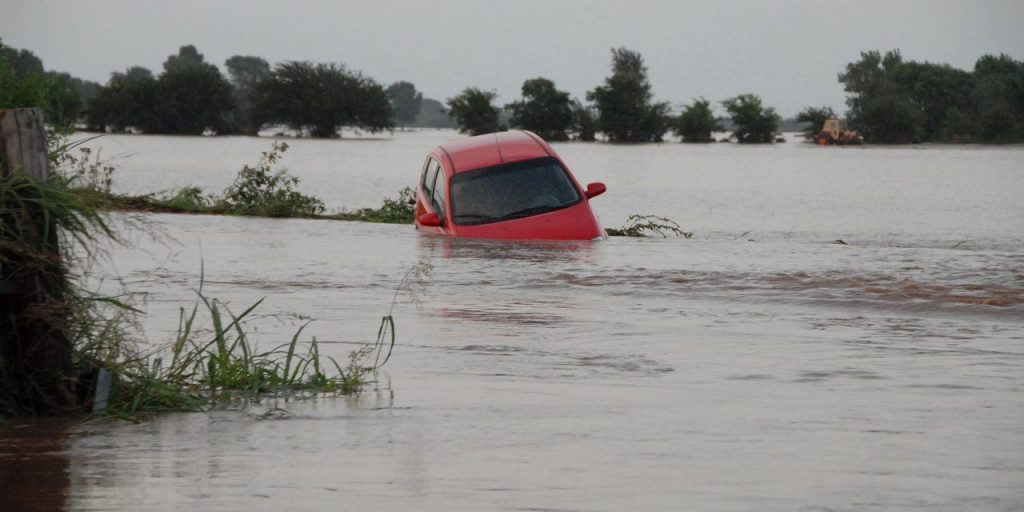Question: 6. Find three examples of names that need to be spoken aloud in order to catch the allusion. Discuss the examples as well as the reading technique that requires you to read aloud in order to make connections. Why does King want us to read aloud?
I chose to answer this question because though this was actually my third time reading Green Grass, Running Water, in previous readings I missed many of the allusions King makes. This time, reading along with the reading notes provided by Jane Flick, I realised that practically every name King includes in the work is an allusion. So, this time I decided to read the names out loud, and look into the references King is making.
- Polly/Pauline Johnson:
A number of King’s characters come to us as guests at Latisha’s restaurant, The Dead Dog Cafe. Latisha markets her restaurant to tourists, pretending to serve them meals made of dog meat, poking fun at outsiders’ desire to consume a false and shocking version of Blackfoot culture. It’s interesting that Pauline Johnson appears to us in The Dead Dog Cafe, since she had often been accused of “capitalizing” on her Mohawk heritage. However, Johnson “took courageous political stances by presenting Indigenous perspectives and exploring issues of colonial stigmas, stereotypes, and racialization, as well as women’s rights and power struggles” (CanLit Guides). King’s allusion to Johnson asks readers to doubt settler or outsider standards of “authenticity” placed on Indigenous people.
- Sally Jo Wehya/Sacajawea:
Though I recognized this name, even in my earlier readings of the book, I knew little about who was being alluded to. According to our reading notes, Sacajawea was ““Bird Woman” or “Boat Woman,” a Shoshone” (Flick 157). Sole woman and guide for Lewis and Clark on their exploration of the upper Missouri River” (Flick 157). I decided to research her further to better understand how King is using this allusion. In “Sacajawea: Witnessing, Remembrance and Ignorance”, Wanda S. Pillow works to unpack representations of Sacajawea in colonial narratives, noting that her interest was sparked by her presence in her children’s school curriculum (Pillow 46) which I realized was very likely how I’d become familiar with the name Sacajawea myself. While the image of Sacajawea guiding Lewis and Clark is often used to represent an ideal of settler and Indigenous collaboration, Pillow reveals parts of her story that are often left out: On the Corps of Discovery, Lewis and Clark met a French trader named Charbonneau “who was living at Fort Mandan with his French Canadian wife and two young Indian servants, who Charbonneau also claimed as ‘wives’ and took sexual privileges with. One of those servants was Sacajawea” (Pillow 47). She joined the expedition despite having recently given birth and they “covered more than 1800 miles before returning on 14 August 1806, with Sacajawea caring for her growing son, herself and the other males along the trail” (Pillow 48). However, Sacajawea’s story only became popular more than a hundred years after this expedition, as Pillow explains, she later “became key to retellings of the Corps expedition as both a symbol and emblem of manifest destiny, demonstrating the rightness of the expedition and all that followed. Sacajawea was written as a cooperative Indian who understood and accepted the superiority of white American men like Lewis and Clark, and accepted this destiny – a destiny that ultimately led to conquering and removal from lands of native peoples, her people” (Pillow 48). I’m grateful to King for having me revisit and rethink this story, and am disturbed to learn how it has been twisted to serve corrupt ideologies.
- C.B. Cologne/Cristóbal Colón/Cristofor Colombo/Christopher Columbus:
For me, even reading this name out loud wouldn’t have connected the dots between C.B. Cologne and Christopher Columbus in my mind. However, King’s naming choice brings attention to the way this figure’s name has changed through time and translation. This shift in name is indicative of how the colonial figure of Christopher Columbus has been so divorced from the actual man, Cristofor Colombo. Often described as a great explorer and credited with “discovering” the America’s, he of course had only stumbled into what was already inhabited land. Further, he and his soldiers committed large-scale violence, murder, and enslavement of Indigenous people. And yet, to many, he is still remembered in a heroic light, misplaced, just as King’s C.B. Cologne was when given those prominent movie roles despite being an Italian. I found King’s choice of the word Cologne for this name fitting as it evokes thoughts of a pungent and artificial odour.
I think King wants us to read out loud as a signal to the way his novel combines the oral and textual, much like Robinson’s work which King was influenced by. Further, I think these moments in which names take new forms when read aloud remind readers of how blurry the lines between writing a speech are and how they intersect, for example, when writing contains dialogue, or acts as a representation of speech.
Works Cited
Flick, Jane. “Reading Notes for Thomas King’s Green Grass, Running Water.” Canadian Literature, vol. 161-162, 1999, pp. 140-172.
CanLit Guides. “E. Pauline Johnson (Tekahionwake).” Canadian Literature. Web. August 19th 2016.
Pillow, Wanda S. “Sacajawea: Witnessing, Remembrance and Ignorance.” Power and Education, vol. 4, no. 1, 2012, pp. 45-56.
